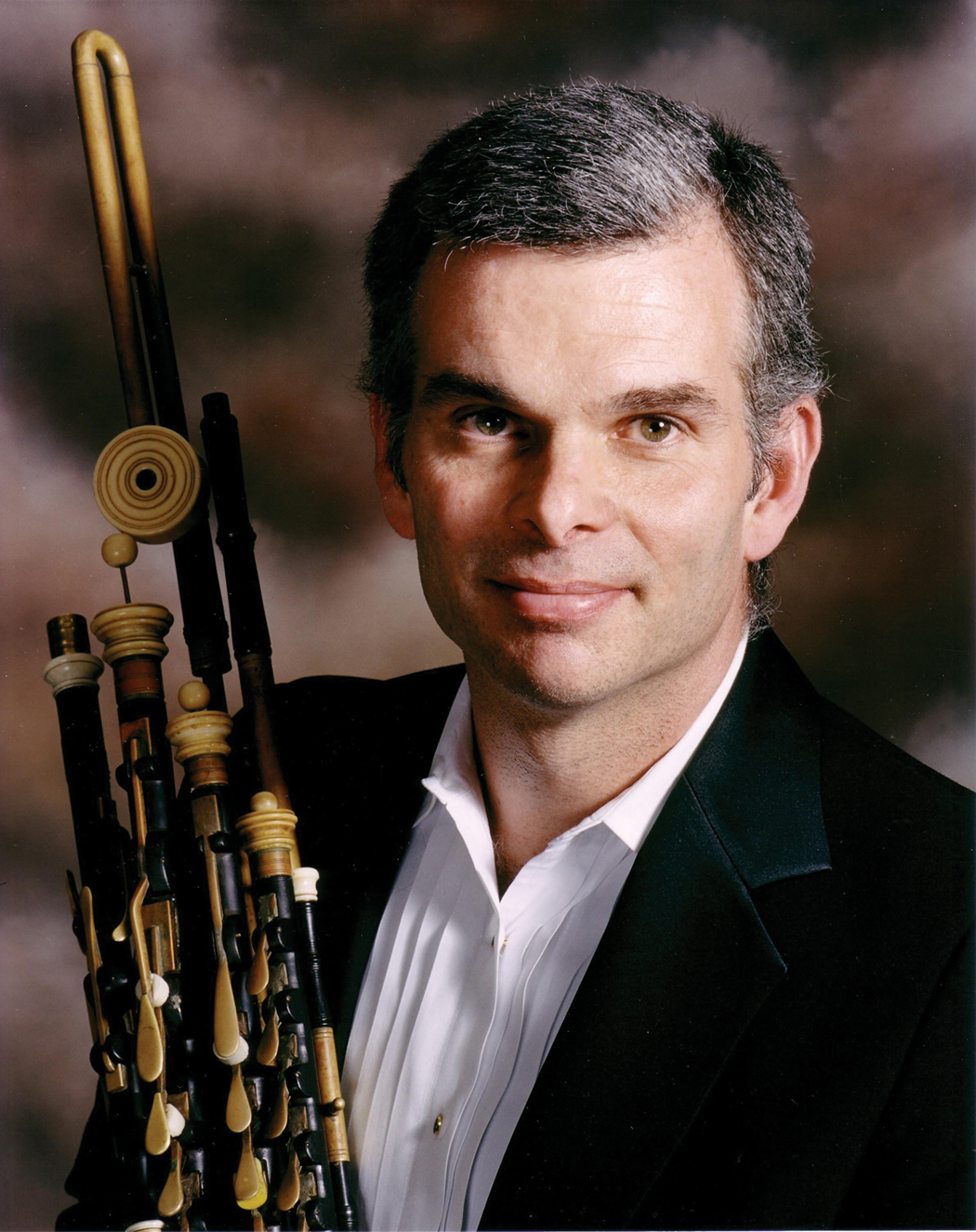

CTMD co-founder Ethel Raim was awarded the NEA’s 2018 Bess Lomax Hawes National Heritage Fellowship for her lifetime of work preserving and educating the public on New York City’s diverse cultural heritage.Changing the Tune: The Kansas City Women’s Jazz Festival, 1978-1985, by Carolyn Glenn Brewer University of North Texas Press, 2017 308 pps $29.95 hardcover. Past recipients include (with year of award): Adam Popovich, Serbian tamburitza musician, 1982 Dave Tarras, Jewish klezmer clarinetist, 1984 Martin Mulvihill, Irish fiddler, 1994 Pericles Halkias, Epirot Greek clarinetist, 1985 Ilias Kementzides, Pontic Greek lyra player, 1989 Giuseppe and Raffaela DeFranco, traditional Calabrian musicians, 1990 Jack Coen, Irish flute player, 1991 Fatima Kuinova, Bukharian (Central Asian) Jewish singer, 1992 Simon Shaheen, Palestinian violinist and oud player, 1994 Liz Carroll, Irish Fiddler, 1994 Donny Golden, Irish stepdancer, 1995 Juan Gutierrez, Puerto Rican bomba and plena musician, 1996 Mick Moloney, Irish musician, 1999 Beyle Schaechter-Gottesman, Yiddish poet, songwriter and folk singer, 2005 Sidiki Conde, Guinean dancer and musician, 2007 Sue Yeon Park, Korean dancer, 2008 Yuri Yunakov, Bulgarian-Romani Saxophonist, 2011 Andy Statman, klezmer clarinetist/mandolinist, 2012 Michael Alpert, Yiddish singer/musician/dancer, 2015 and Joanie Madden, Irish-American flute/whistle player, 2021. CTMD is an affiliate program of UNESCO.ĬTMD has worked closely to assist twenty recipients of the NEA’s National Heritage Fellowship Award, our national government’s highest honor bestowed on folk and traditonal artists.
#Joyspring singer archive
CTMD’s Archive is the largest collection documenting New York’s immigrant performing arts traditions. CTMD co-curated major programs at the 20 Smithsonian Folklife Festival on the National Mall, has produced a number of major documentary films and recordings (including six on the Smithsonian Folkways label), and provided music for a record of the sounds of humanity aboard the Voyager spacecraft. Our Heritage Sunday Festival (at Lincoln Center Out of Doors) and New York World Festival (at Central Park SummerStage) are among the city’s largest regular showcase events of immigrant performing arts, as were two previous CTMD programs, the Queens Ethnic Music and Dance Festival (1976-1991) and Folk Parks (1993-2000). CTMD has founded seven 501(c)(3) cultural organizations, including the first youth academies for traditional Mexican and Peruvian music on the East Coast, and New York’s main annual Dominican, Indo-Caribbean, Colombian and Albanian festivals. A 1980s project with young musicians in the Bronx created Cherish The Ladies, now global ambassadors for women’s involvement in Irish traditional music. In the 1970s, our work with senior Jewish musicians in New York helped to spark an international revival of klezmer. In the 1960s, the organization assisted in the development of models for ethnic programming at the Smithsonian Folklife Festival and Newport Folk Festivals. CTMD was a one of the first US-based presenters dedicated to performances of traditions from around the world. The organization’s work has had significant national and international impact.
#Joyspring singer full
Each year, CTMD serves thousands of New Yorkers through a full calendar of programs that provide unique opportunities to experience and participate in the City’s rich cultural traditions. Nationally renowned for programs that combine research, documentation, presentation and education, CTMD assists immigrant communities in passing traditions to new generations.įormerly known as the Balkan Arts Center and the Ethnic Folk Arts Center, the Center for Traditional Music and Dance has worked closely with dozens of diverse communities over the past fifty years in creating a number of leading ensembles, festivals and community-based cultural organizations. Founded in 1968, the Center for Traditional Music and Dance (CTMD) assists New York City’s immigrant communities to sustain their distinctive performing arts traditions and promotes cross-cultural understanding by sharing these art forms with audiences across the city.


 0 kommentar(er)
0 kommentar(er)
